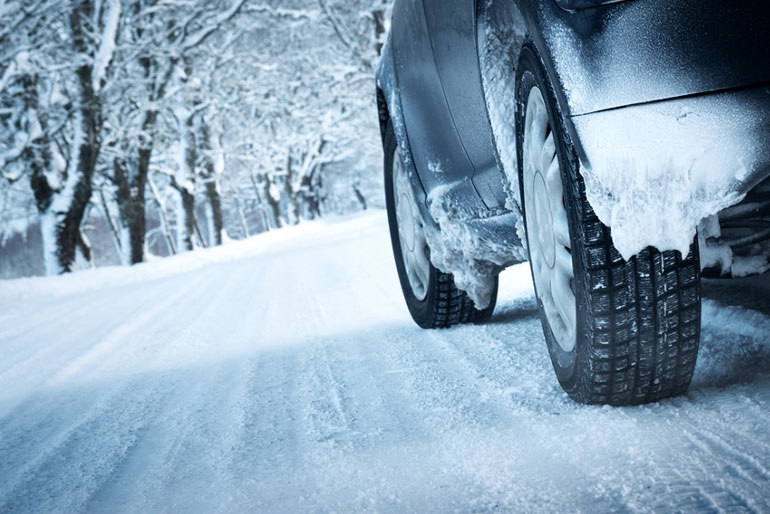Winter driving is a daunting task for many drivers, especially when it comes to driving in the snow. Roads covered in snow are often slippery and unpredictable. This makes it essential to employ extra precautions while behind the wheel. It is important to understand the precautions needed for snowy driving in order to avoid accidents. Listed below are 5 essential safety tips to follow while driving.
1. Slow Down
It is crucial to slow down while driving in snowy conditions. In snowy or icy conditions, your car can often slip or slide which makes it difficult to maintain control of your vehicle. It is important to anticipate any sudden stops or turns to avoid a collision. The best way to do this is by reducing your speed and leaving plenty of room between your car and the vehicle in front of you. According to the personal injury attorneys at The Law Office of Edward Sampson drivers “must adjust their speed for road and weather conditions” including sleet and snow. Driving below the speed limit in icy or snowy conditions gives you enough time to react to any potential hazards.
2. Use Winter Tires
One of the most important tips for safely driving in the snow is to use winter tires. Winter tires are designed for optimal performance in snowy, icy, and cold conditions. They are made of a soft rubber compound and have deeper tread patterns than normal tires. This provides better traction on snow and ice-covered roads.
Along with increased traction, utilizing winter tires improves braking performance on slippery roads. When temperatures dip below 45 degrees Fahrenheit, regular tires begin to lose their ability to grip the road due to the rubber hardening. In cold temperatures, winter tires remain pliable providing a better grip and stopping power. However, it is important to remember to always check tire pressure prior to driving no matter the tire type.
3. Clear Snow and Ice from your Car
It is essential to clear snow and ice from your car prior to hitting the road. It can be difficult to see the road if you have snow and ice on your windshield, windows, and mirrors. An ice scraper can be helpful in removing snow and ice. Clearing snow from your car’s hood, roof, and trunk is also important as this can slide onto your windshield causing a hazard.
4. Practice Safe Breaking Techniques
On snowy, icy roads braking can be difficult. If you brake too hard, your car may skid or slide. When you need to brake, apply the brakes gently and smoothly to avoid skidding. Keep your heel on the floor and use the ball of your foot to apply firm, but steady pressure. If you do start to skid, release the brakes and steer in the direction of the skid until you regain control. It is important to maintain a safe distance from the car in front of you in case you do start to skid. By increasing your following distance to five to six seconds, you can increase your margin of safety and decrease the likelihood of a crash.
5. Prepare for Emergencies
In snowy conditions, you never know what is going to happen; therefore, it is crucial to be prepared for emergencies. It is important to keep a kit for emergencies in your car. This kit can include any blankets, flashlights, non-perishable food, water, a shovel, and jumper cables. If you do get stuck in a snowdrift or encounter any other roadside, you should stay in your car and wait for help. While you can run the engine occasionally to help with warmth, it is essential that you check to ensure that no snow is in the exhaust pipe to prevent carbon monoxide poisoning. Having an emergency kit will help keep you safe in roadside incidents.
While it is always important to stay alert while driving, driving in snowy conditions requires extra attention to detail and caution. Following these important safety tips helps ensure that you and your passengers stay safe. Slowing down, using winter tires, clearing snow from your car, practicing safe-breaking techniques, and having an emergency kit can all help save lives in the winter.







